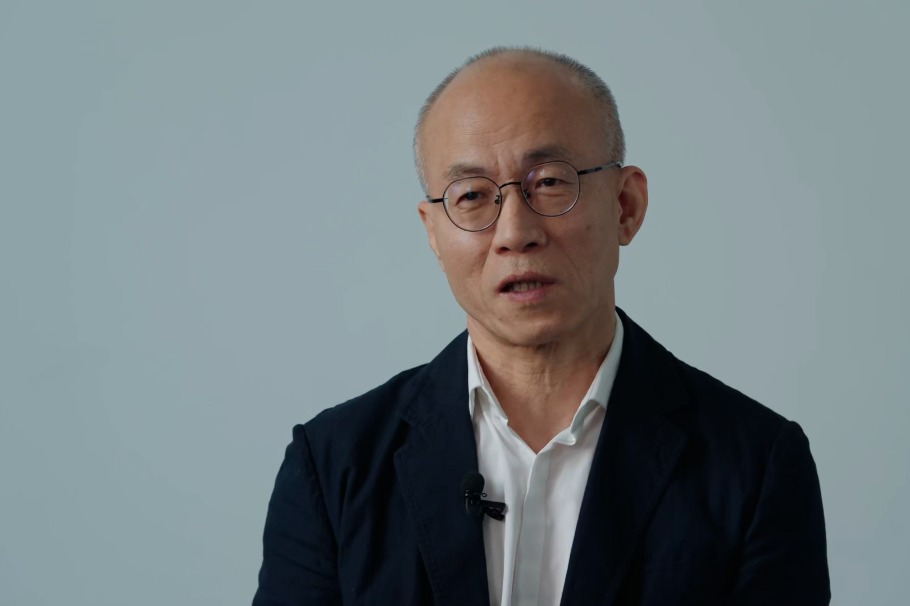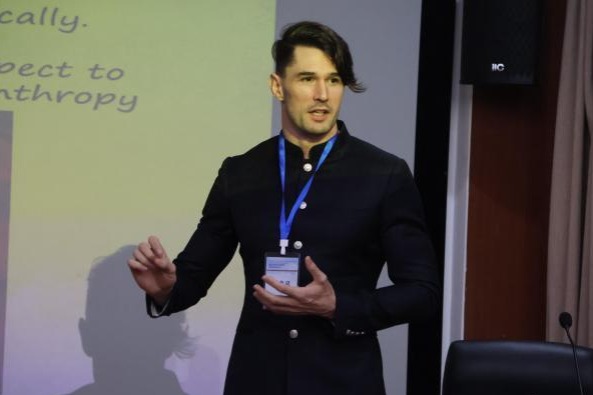Full Text: Slanderer Adrian Zenz's Xinjiang-related Fallacies Versus the Truth

Fallacy Twelve: Promotion of the standard spoken and written Chinese language is to eliminate ethnic minorities' language and brainwash people of ethnic minorities
Zenz smeared the Chinese government in many reports, saying that the promotion of the standard spoken and written Chinese language in Xinjiang was to cut off the cultural roots of the minorities. This is a groundless lie. In recent years, according to the stipulations of the Education Law of the People's Republic of China, the teaching of the standard spoken and written Chinese language has been carried out all over Xinjiang, and remarkable results have been achieved. The result of quality assessment of compulsory education in the region shows that the teaching quality of the whole region has been significantly improved, especially for the first and second graders of primary school, laying a solid foundation for the growth and progress of youth of all ethnic groups. At the same time, based on the requirements of the national curriculum, Xinjiang has set up courses including Uygur, Kazak, Kirgiz, Mongolian and Xibe languages in primary and secondary schools, which fully guarantees the rights of minority students to learn their own languages and words, and effectively promotes the inheritance and development of minority language and culture.
Zenz criticized Xinjiang government for promoting "highly coercive" Chinese language education many times saying that this was to brainwash people of ethnic groups so as to realize the goal of changing the cultures of ethnic minorities through compulsory social reconstruction. What cannot be denied is that learning standard spoken and written language well is crucial for the acquisition of modern scientific and cultural knowledge, improvement of employment opportunity, increase of family income as well as incorporation into the modern society. For example, a former trainee at the vocational education and training center, Abulaja Abulat, said that "because of the training at the center, my Chinese language proficiency improved a lot. After the training, with the Mandarin learned at the center, I work as an interpreter for business personnel purchasing agricultural products. I made 30,000 yuan per year from interpreting alone. My family is living a better life." Meanwhile, the rights to use and develop their own minorities' languages and characters are protected in accordance with the law. Languages and characters of different ethnic minorities are widely used in fields such as education, jurisdiction, administration and public affairs. As another example, public services in different languages and characters can be seen in places like postal and telecommunication department, health care system department, stores and traffic signs. Government agencies at all levels can use national standard spoken and written Chinese language as well as the languages and characters of the autonomous region when performing their duties. For example, the Xinjiang People's Broadcasting Station has 12 sets of broadcasting programs in 5 languages, which are Chinese, Uygur, Kazak, Mongolian and Kirgiz. It has 12 sets of television programs in 4 languages of Chinese, Uygur, Kazak and Kirgiz. All these arrangements have brought substantial conveniences to people of all ethnic groups.
- LDC CEO: I see potential and opportunities in China
- Canton Fair closes with record global attendance, showcasing trade resilience
- Hainan surpasses Dubai resident's expectations
- US enterprise eyes deeper ties and strategic focus at CIIE
- Netherlands' firm Louis Dreyfus to introduce new products at CIIE
- CIIE to be fully powered by renewable energy





































